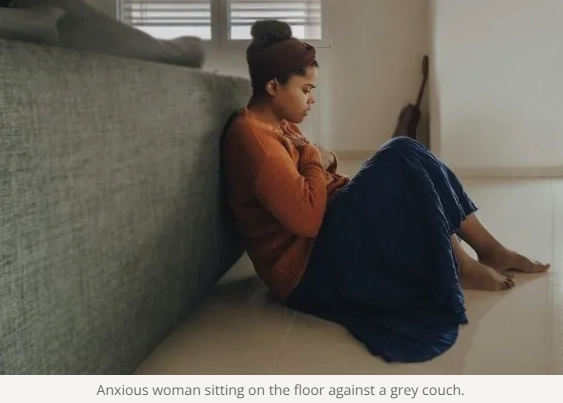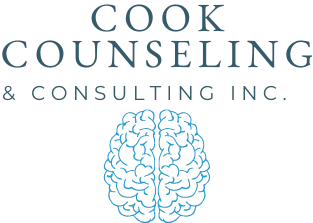Anxiety is a normal, healthy emotion that everyone experiences at some point in their lives. Anxiety disorders, however, are a different story. Anxiety disorders are serious mental illnesses that can cause immense suffering and make it difficult to live everyday life. Let us explore the difference between anxiety and anxiety disorders and the symptoms and treatment options for each.
What is Anxiety?
Anxiety is a feeling of nervousness, uneasiness, and worry. It is considered normal to have anxiety in certain situations, such as before a big exam or a first date. For most people, anxiety is short-lived and goes away once the stressful situation has passed.
Symptoms of Anxiety
The symptoms of anxiety can vary from person to person. However, some common symptoms include:
● Feeling overwhelmed or stressed.
● Having difficulty concentrating.
● Feeling irritable or tense.
● Racing thoughts.
● Feeling like you’re going to lose control or “freak out.”
● Sweating or trembling.
● Heart palpitations.
If you experience any of these symptoms regularly, it may be indicative of an anxiety disorder.
What are Anxiety Disorders?
Simply put, anxiety becomes a disorder when it goes out of control. Anxiety disorders are much more serious than everyday anxiety. According to Cleveland Clinic, anxiety disorders are medical conditions in which anxiety begins to disrupt everyday life (Cleveland Clinic, 2022). They are real and can cause intense fear, worry, and stress that can interfere with your daily life. According to the National Institute of Mental Health, there are five main types of anxiety disorders:
Generalized Anxiety Disorder
This disorder is characterized by excessive anxiety and worries about various topics, such as your health, work, family, or finances. People with generalized anxiety disorder often feel like they are “waiting for the other shoe to drop” and may constantly be on edge.
Panic Disorder
Unexpected and recurring panic attacks characterize this type of disorder. A panic attack is a surge of strong fear or anxiety that can come on without warning. Panic attacks can cause physical symptoms such as a racing heart, shortness of breath, and dizziness.
Agoraphobia
This type of disorder is characterized by a fear of situations where escape would be difficult or embarrassing, such as being in an elevator or airplane. People with agoraphobia often avoid these situations altogether or may only venture out with a trusted friend or family member.
Social Anxiety Disorder
This disorder is characterized by intense anxiety and self-consciousness in social situations. People with a social anxiety disorder may avoid social situations altogether or may only feel comfortable around close friends and family.
Specific Phobias
This disorder is characterized by a fear of specific objects or situations, such as snakes, heights, or flying. People with particular phobias often go to great lengths to avoid the things they are afraid of.
If you are experiencing any of these disorders, it is essential to seek professional help. Anxiety disorders can be debilitating and make it difficult to live a normal life. However, effective treatments can help you manage your symptoms and improve your quality of life.
Treatment for Anxiety Disorders
If you are experiencing any of the above symptoms regularly, it is vital to seek professional help. There are a variety of different treatment options available for anxiety disorders. Some common treatments include:
● Cognitive-behavioral therapy: This therapy helps people identify and change the thoughts and behaviors that contribute to their anxiety.
● Exposure therapy: This therapy helps people gradually confront what they are afraid of in a safe and controlled environment.
● Medication: Several types of medication can be effective in treating anxiety disorders. These include anti-anxiety medications, antidepressants, and beta-blockers.
Final Thoughts
Anxiety is a normal emotion that everyone experiences at times. However, it may be an anxiety disorder when it is severe and interferes with your daily life. There are several anxiety disorders, each with its symptoms and treatment options. If you are experiencing any of the above symptoms regularly, it is crucial to seek professional help. You can manage your symptoms and improve your quality of life with proper treatment.

References
Cleveland Clinic. (2022). Anxiety Disorders. Retrieved from Cleveland Clinic: https://my.clevelandclinic.org/health/diseases/9536-anxiety-disorders

